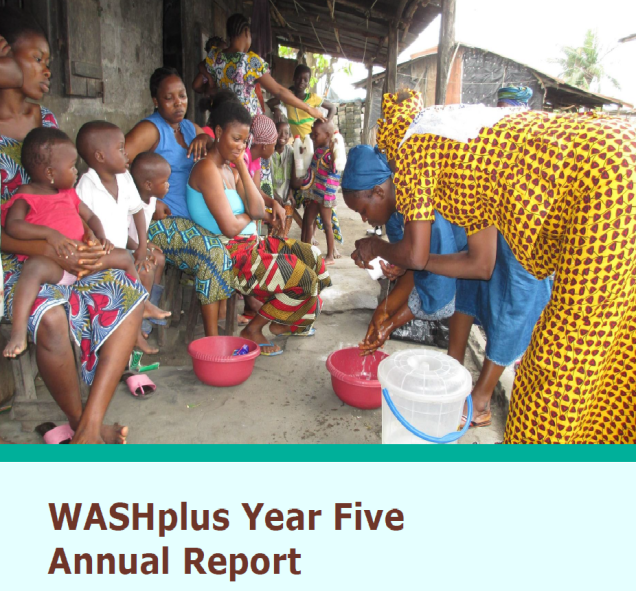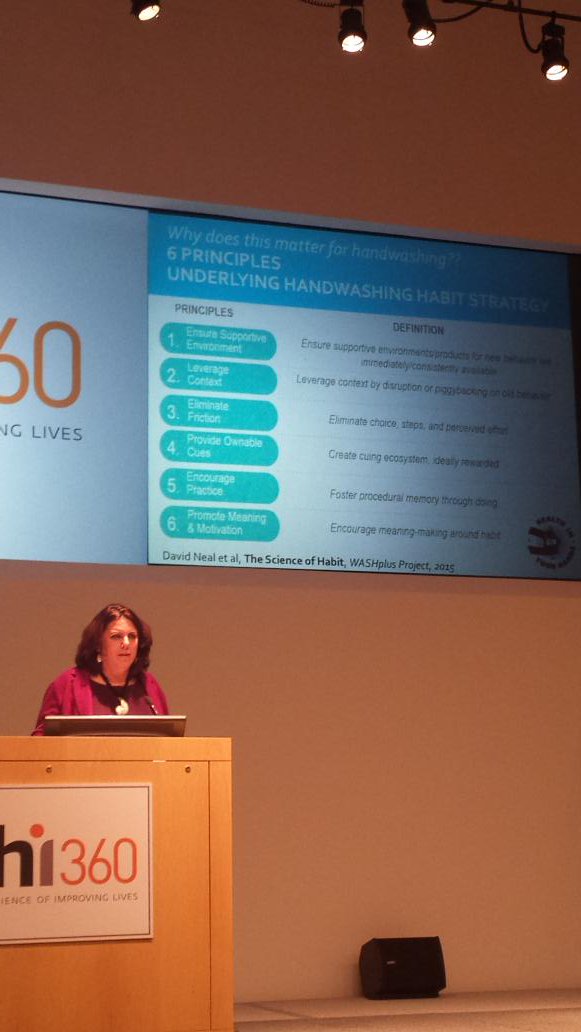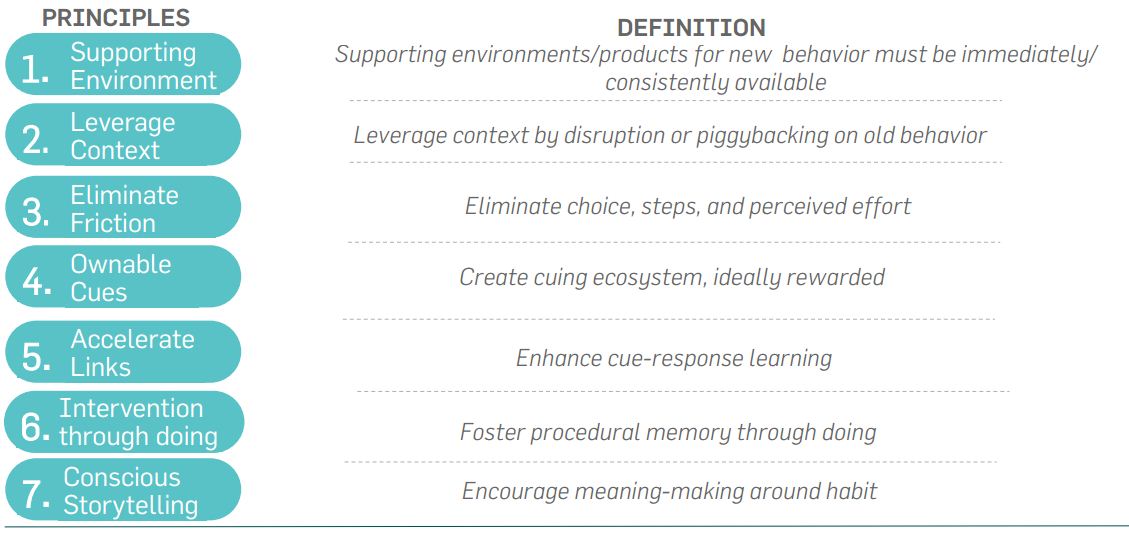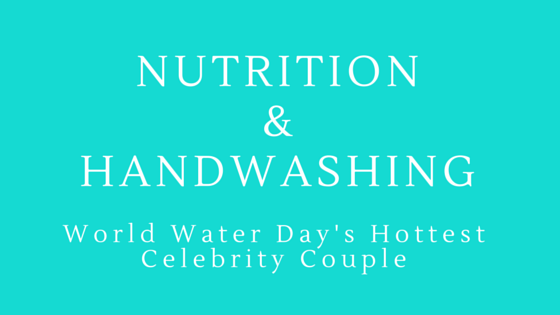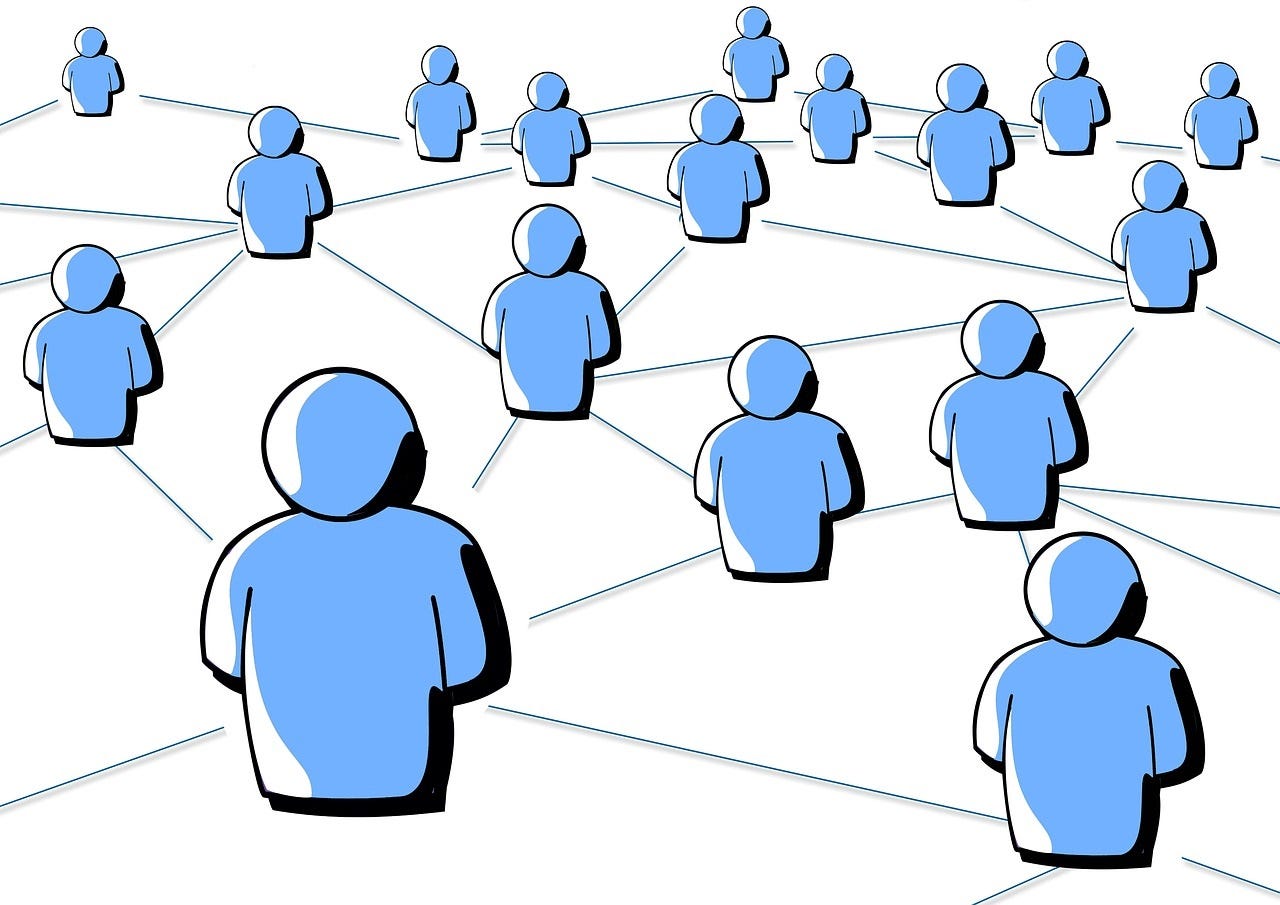by Layla McCay
 About the author: Dr. Layla McCay is the Director of the Public Private Partnership for Handwashing (PPPHW) Secretariat, housed at FHI 360. The USAID-funded WASHPlus Project supports the PPPHW in its efforts to promote handwashing and hygiene improvement. Follow Layla on Twitter: @LaylaMcCay
About the author: Dr. Layla McCay is the Director of the Public Private Partnership for Handwashing (PPPHW) Secretariat, housed at FHI 360. The USAID-funded WASHPlus Project supports the PPPHW in its efforts to promote handwashing and hygiene improvement. Follow Layla on Twitter: @LaylaMcCay
Partnerships and integration were the buzz words surrounding the UN General Assembly in New York in September. The Public Private Partnership for Handwashing secretariat delved into the deluge of international development players, with the purpose of seeking opportunities for handwashing, and learning about current issues in partnerships for international development.
A key message being reiterated in the development community over the course of UN General Assembly week is that as a community, we are becoming ‘post-public-private-divide’. There is increasing appreciation of the synergies and complementary roles of the different sectors, and an appetite to bring all players together to maximize impact. While that can be easier said than done, tendencies to either sanctify or vilify different sectors or particular players were deemed outdated; instead, the focus this September was on the benefits of working together to inspire and drive better practices all around. In terms of business, there was recognition that social good is starting to move out of the CSR/philanthropy departments to become business as usual, a business investment in efficiency and sustainability – which means we should expect more public-private partnering. Indeed, looking towards the successors to the Millennium Development Goals (MDGs), the Sustainable Development Goals (SDGs) are expected to be key drivers of the multi-sector partnerships that will be needed to deliver them.
Another persistent message during ‘UNGA’ was the importance of integration, as opposed to programming in silos. In the context of handwashing, this means exploring opportunities to integrate handwashing programs ‘horizontally’ into a range of sectors, such as sanitation, nutrition, maternal and child health, healthcare, HIV/AIDS, education, gender empowerment, economic development… but also considering how to integrate ‘vertically’, across the enabling environment, including investment in infrastructure and the social determinants of health. This approach is about harnessing the power of cross-sectoral partnerships to address a range of development challenges being experienced by a population, rather than focusing on single issues. It was striking how many of our development colleagues believed the barrier to meaningful, strategic integration was not just the practicalities of integrating on the ground, but the ‘single issue’ nature of funding for international development. For example, investing in school uniforms may help girls attend school – but to keep them in school, investing in menstrual hygiene materials and facilities may be needed too, but these two interventions may have entirely different funders and programs. The “celebrity couple” of nutrition and hygiene came up repeatedly, with the implication that this “couple” should think about taking their relationship to the next level, with greater integration of nutrition and hygiene work.
Integration across sectors for health promotion was also a theme at the TEDMED conference, which I got the opportunity to attend in September. You can read my general write-up of the whole event here. In terms of food for thought regarding handwashing, there was a compelling discussion about refreshing and diversifying messaging for health promotion. Using the example of breastfeeding promotion, one speaker noted that messages about breastfeeding for babies’ health are important but as these messages become increasingly familiar to people, they (a) risk losing their impact, and (b) only engage a subset of people. However by diversifying the messages to also make breastfeeding a women’s health issue, and a heart health issue (focusing on how breastfeeding reduces the mother’s risk of obesity and heart disease), new lines of engagement are opened, with the opportunity for new champions, new messages, new incentives, greater reach, more targeted appeal, and hopefully more uptake of the behavior. There may be useful lessons for diversifying hygiene messages to expand impact.
My first experience of seeing a ‘celebrity handwashing champion’ in action came in the form of Kajol, at Unilever’s Help a Child Reach 5 hygiene event with USAID. Her messages were simple, but her presence created a clear buzz. In addition to the keen interest of press in the room, some of whom told me they were there specifically to see her, it was interesting to see Kajol’s legions of fan clubs and fans around the world picking up and retweeting her handwashing messages (a tweet I sent about her reached over 100,000 people). This was an interesting insight into the potential reach of handwashing promotion messages from strategically selected and deployed celebrity champions.
Finally, the use of technology to improve hygiene is always an interesting question, and it tends to come up on these forward-looking platforms. It was inspiring, for example, to see examples from Unilever and MAMA of how mobile phones can be used to deliver hygiene education directly to pregnant women. At TEDMED, there was also some interesting discussion about crowdfunding health – using the web to set up facilities like Kickstarter to enable the public to directly fund specific health interventions in specific places. With the Millennials embracing this sort of targeted giving, there could be some interesting opportunities for crowdfunding hygiene in future. Throughout the events, there was significant talk about harnessing the voice, experiences, ideas, and energy of youth to drive progress.
